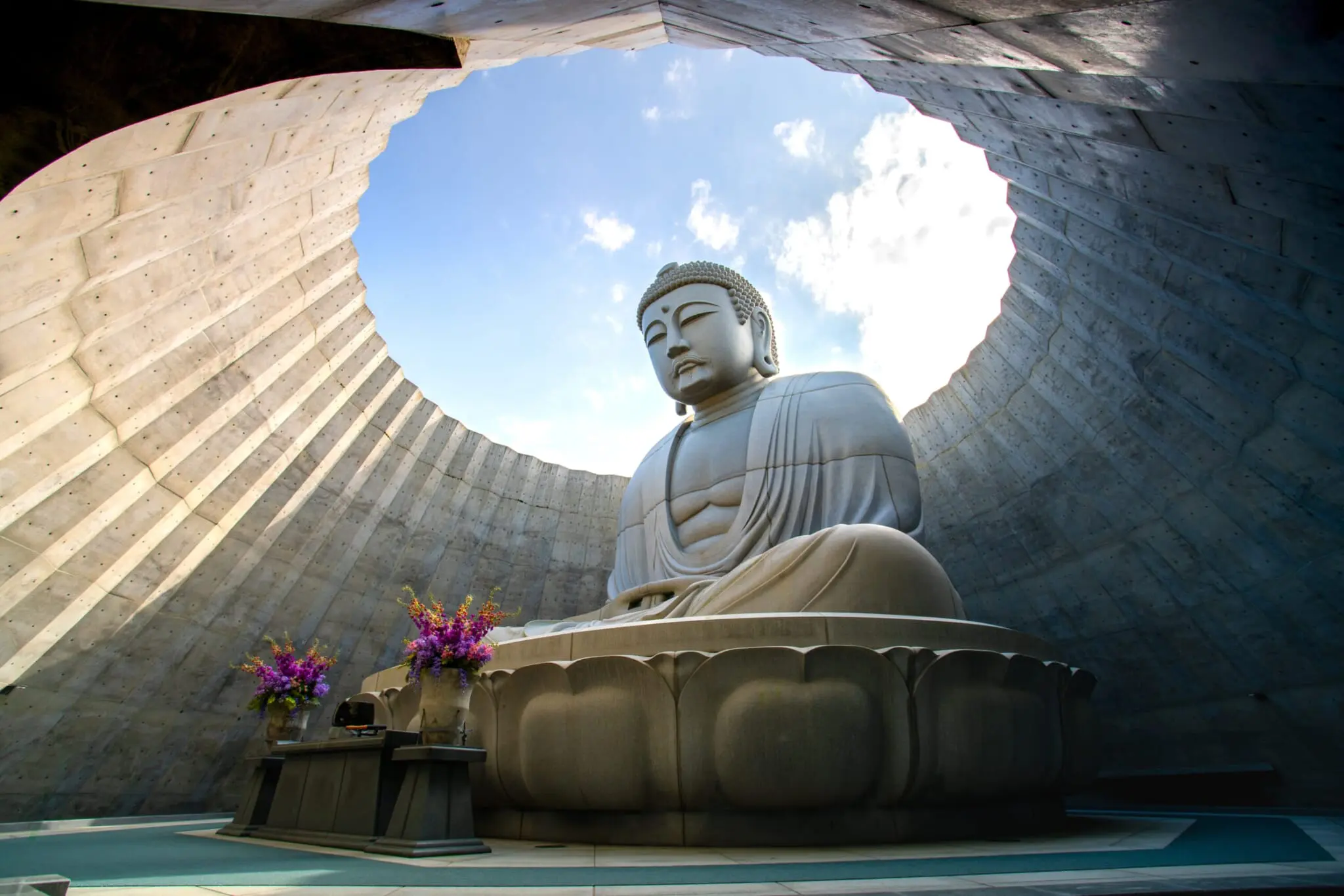Buddhism was introduced to Japan in the sixth century, arriving from Korea and China. Initially met with skepticism, it gradually gained acceptance and became well-established by the seventh century. The Buddhism that first arrived at the shores of Japan was Mahayana Buddhism, but over the centuries, various schools and sects of Buddhism emerged, each developing unique beliefs, practices and communities. From the esoteric rituals of Shingon to the meditative practices of Zen, each major school offers distinct characteristics and insights into the spiritual landscape of Japan.
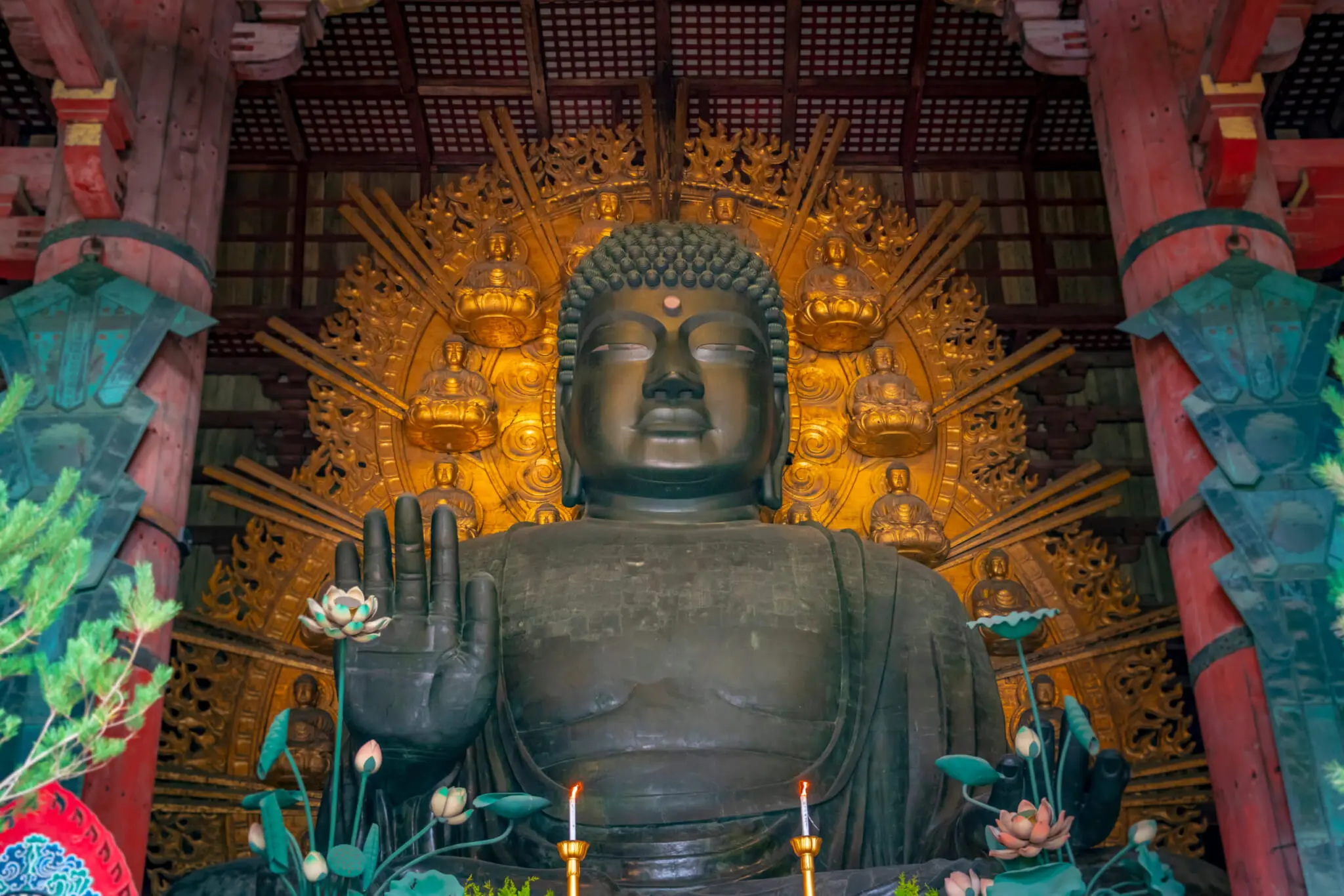
Major Schools of Japanese Buddhism
Nara Buddhism
Six Nara Schools
During the Nara period (710–794), six major schools of Buddhism flourished in the capital, collectively known as Nara Buddhism, or nanto rokushu. These schools included Kusha, Jojitsu, Ritsu, Sanron, Kegon and Hosso, and were treated as philosophical systems that were often studied together. This period of Nara Buddhism is marked by lavish spending on state-funded temples, academic study of Buddhism and a strong relationship between the court and clergy.
Each school emphasized different aspects of the Buddhist doctrine, with Kusha, for instance, based on the teachings of the Abhidharma, while Jojitsu rejected the Abhidharma and believed sutras alone could explain the teachings of the Buddha. Ritsu, on the other hand, laid down the rules for monastic life, emphasizing discipline and ethical conduct.
Key Characteristics and Decline
The Nara schools were characterized by their focus on scholasticism. Although these schools were studied by many, most of them never achieved prominence and began to decline by the end of the Heian period (794–1185), overshadowed by newer movements that catered to the spiritual needs of the lay populace. The rigid monastic structures and intricate doctrinal teachings of the Nara schools became less relevant as Buddhism adapted to the evolving social landscape of Japan.
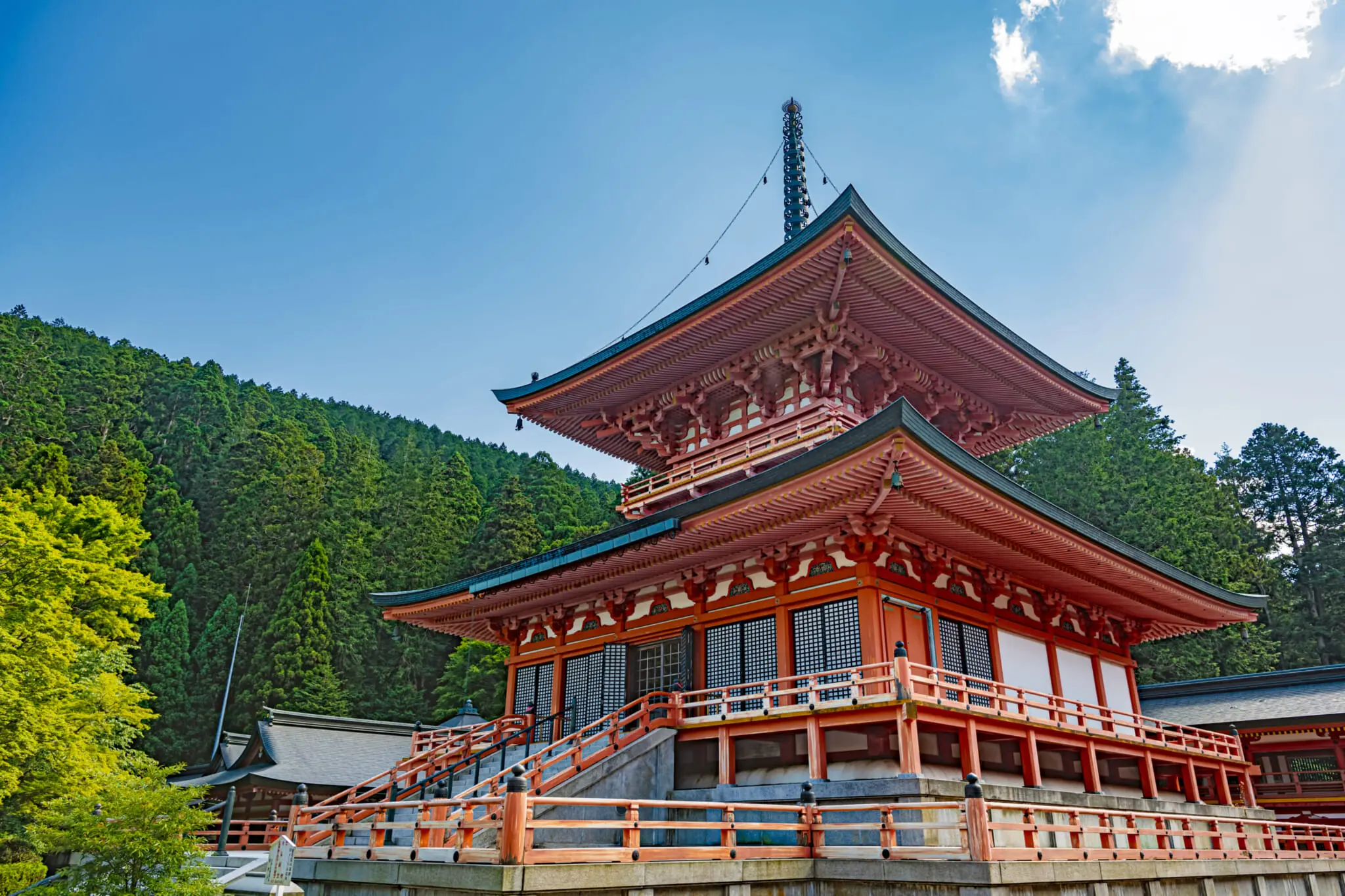
Heian Buddhism
Tendai
Emerging in the Heian period, Tendai Buddhism was established by the monk Saicho, also known as Dengyo Daishi, in Enryakuji Temple on Mount Hiei. This school integrated Indian and Chinese Buddhist teachings, creating a comprehensive approach that emphasized the importance of meditation, rituals and the Lotus Sutra. Tendai Buddhism and Shingon Buddhism were considered the two major esoteric sects during the Heian period, and the school of Tendai would later inspire and cause monks to branch into new belief systems.
Shingon
Founded by the famous monk Kobo Daishi, also known as Kukai, Shingon Buddhism is one of the major sects of Japanese Buddhism that was born during the Heian period and established on the sacred Mount Koya. Shingon, which means “truth revealed by Buddhism,” is known for its esoteric practices, including complex rituals, mantra recitation and the use of mandalas.
This school emphasizes the attainment of enlightenment through direct experience and mystical practices, and Shingon’s teachings are profound yet practical. It teaches the interconnectedness of all things and the innate potential for Buddhahood within every individual, and that accumulating pious acts by helping people is of the utmost importance.
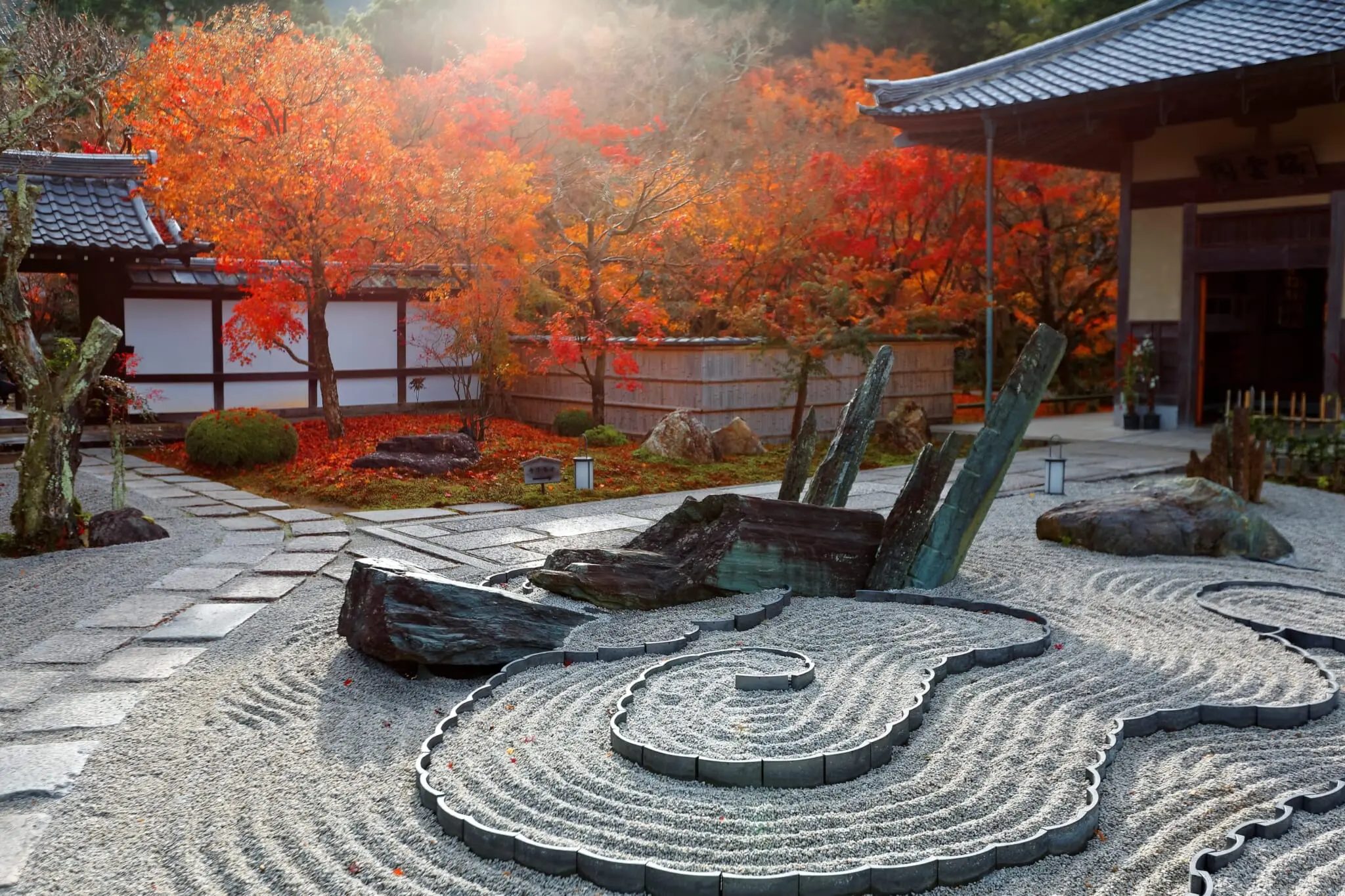
Kamakura Buddhism
Emphasis on Salvation for All
The Kamakura period (1185–1333) saw a significant shift in Japanese Buddhism, as new schools emerged that emphasized salvation accessible to all. This era brought a more personal approach to spirituality, focusing on individual faith and devotion rather than strict monastic discipline.
Pure Land Buddhism
Pure Land Buddhism, particularly the Jodo Shu and Jodo Shinshu schools, centers on faith in the Amida Buddha and the aspiration for rebirth in the Pure Land, a realm of enlightenment. Jodo Shinshu, founded by Shinran, emphasizes reliance on Amida’s grace rather than personal merit.
Zen Buddhism
Zen Buddhism, which emerged during the Kamakura period, focuses on meditation (zazen) and direct experience. Zen Buddhism is largely broken into two schools of thought: Rinzai and Soto.
Rinzai Zen emphasizes sudden enlightenment and koan practice, or paradoxical questions and stories to bring specific thoughts and awareness within a student. Soto Zen teaches shikantaza, a meditation done by “just sitting” and letting the mind expand. It promotes gradual realization through this sustained meditation. Both schools advocate mindfulness and the importance of living in the present moment.
Nichiren Buddhism
Founded by Nichiren, this school emphasizes the Lotus Sutra as a means to attain enlightenment, and the importance for these teachings to be accessible to all. Nichiren Buddhism is known for its strong social engagement and advocacy for the empowerment of individuals, reflecting a commitment to justice and compassion in society.
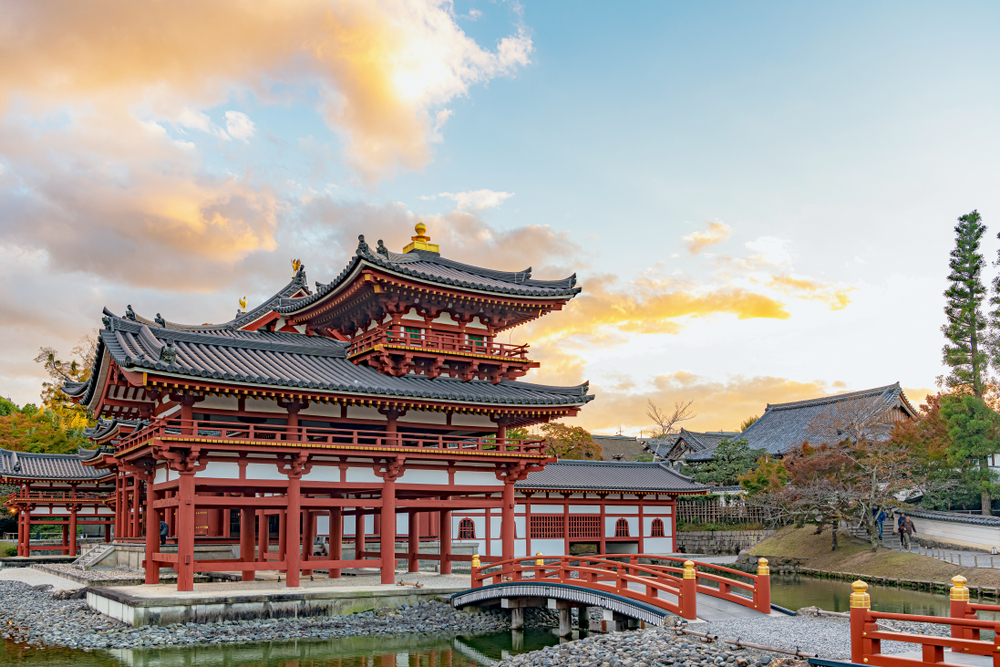
Byodoin Temple
Other Notable Schools and Sects of Japanese Buddhism
There are several other notable movements that have emerged within Japanese Buddhism, including smaller sects that have branched from major schools or combined teachings from various schools. Obaku Zen, for instance, is considered the third major sect of Zen Buddhism and combines elements of Chinese Zen and Pure Land teachings.
In more recent times, Soka Gakkai has gained prominence as a lay Buddhist movement emphasizing social engagement and community service. These various schools and sects contribute to the rich diversity of Buddhist practice in Japan, each offering unique perspectives and approaches to spirituality.
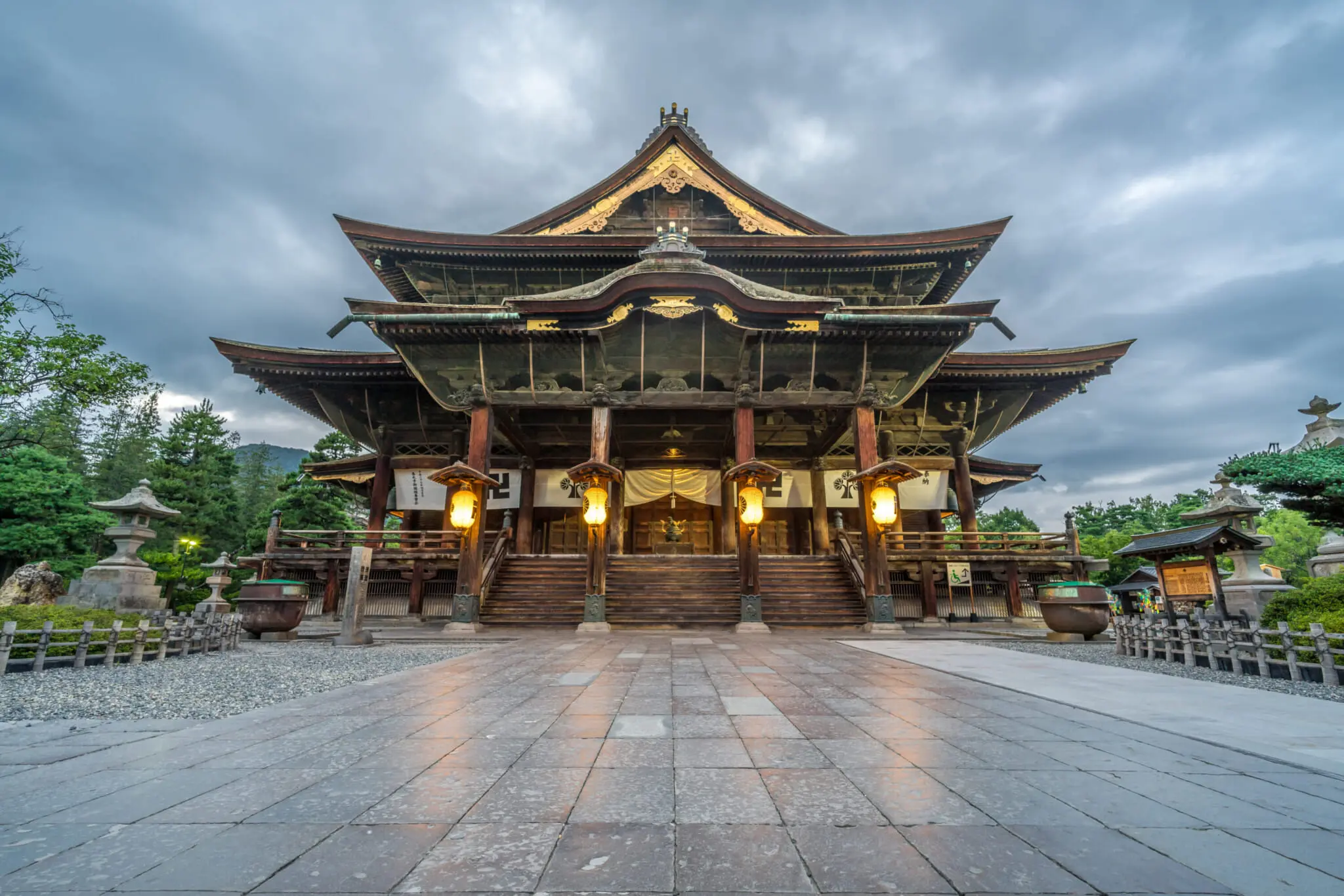
Experiencing Japanese Buddhism
There are plenty of opportunities to engage with Buddhist teachings and practices in Japan. Visitors can experience the tranquility of temples, participate in ceremonies or attend meditation sessions. Many temples offer programs for beginners, providing insights into the meditative practices that are central to many schools, and some large temples have English language guidance for spiritual travelers. While at temples, take a moment to put your hands together in prayer and bring home an omamori amulet for protection and good fortune.
Several museums across Japan have religious art on display, allowing visitors to see Buddhism from an artistic and historical perspective. There are also a lot of shukubo, or temples that offer lodging, for guests interested in an immersive way to experience Japanese Buddhism. Also, consider trying shojin ryori, Buddhist vegan cuisine.
The teachings of Buddhism, combined with Japan’s long history of Shintoism, are ingrained in Japan’s culture. Learning about the teachings of the various schools of Buddhism helps us understand the nuances of Japan’s philosophies and ethos, the stunning temples across the country serving as a reminder of the country’s rich religious history and growth through the centuries.

